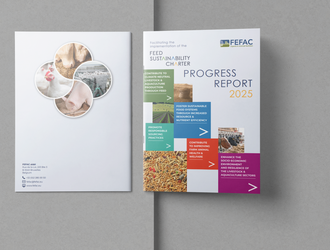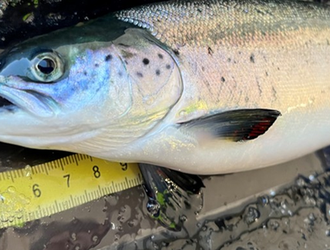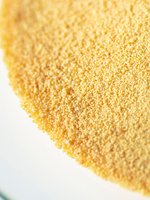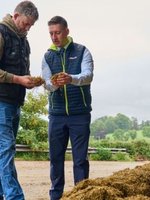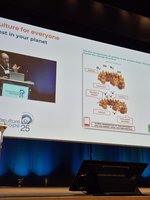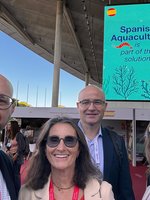Headline news
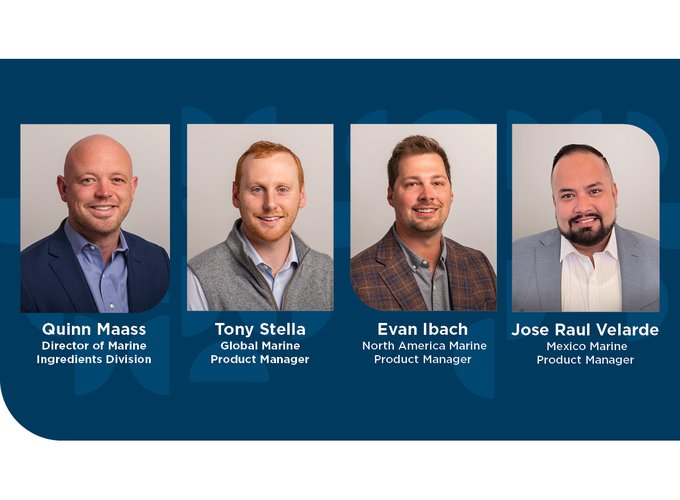
New marine team leading Scoular’s fishmeal and fish oil business
The company has implemented changes that strengthen how it serves its suppliers and customers in a dynamic and evolving market.
 Sponsored
Sponsored
Driving sustainability in aquafeed manufacturing
Discover how Datacor empowers aquafeed manufacturers to achieve measurable sustainability, optimize margins, and ensure quality with innovative software and expertise.
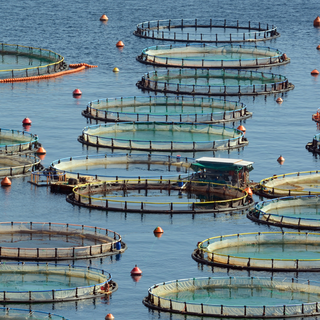
 Sponsored
Sponsored
How to choose a bioremediation product for aquaculture?
In aquaculture bioremediation, the functional performance and adaptability of bacteria are determined at the strain level, not the species level, making precise strain selection essential for effective pathogen inhibition, enzyme production, nutrient management, and system compatibility.


CPS, WEnger CARE merge for end-to-end project delivery
1 Solution Group will deliver a full-spectrum approach to project success, from conceptual design and engineering to turnkey execution and lifecycle equipment support.
BASF unveils combined vitamin A and D3 product for animal nutrition
The product delivers a 5:1 ratio of vitamin A to D3 in a microencapsulated form and is suitable for all animal species.
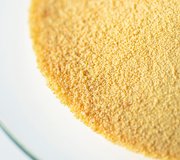
Brazilian researchers prove biofloc as sustainable solution for intensive tilapia farming
Researchers found biofloc enables efficient, high-density tilapia farming with lower environmental impact, offering a sustainable aquaculture solution.
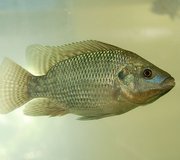
Norwegian government awards $21 million to advance sustainable feed research
Projects will focus on developing microbial biomass, oil alternatives to fish oil, copepod- and yeast-based feeds and upcycling fish sludge into feed ingredients, among others.
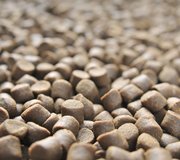
Reports
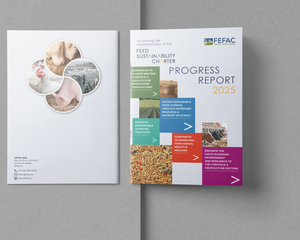
FEFAC publishes 5th Feed Sustainability Charter 2030 progress report
IFEEDER annual update highlights progress in feed sustainability, research and supply chain resilience
Report calls for transformation of West Africa’s small pelagic value chain
Aquaculture faces rising challenges as fishmeal and oil demand exceed supply
Event News
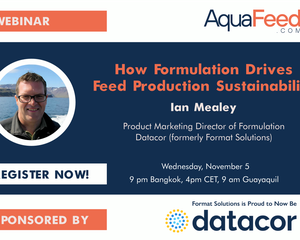
How formulation drives feed production sustainability
Peerasak Boonmechote recognized as Top Senior CEO in agriculture
Register for 35th Annual Practical Short Course on Feeds, Pet Food and Aqua Feed Extrusion
AFIA opens registration for PCQI training refresher course
Commodity News
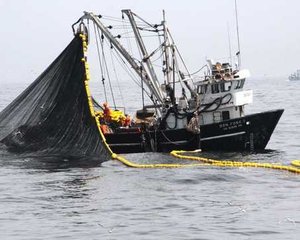
Global fishmeal and fish oil production maintain upward momentum
North East Atlantic mackerel stock reaches its lowest level, industry concerned
Mato Grosso soy farms show over 97% compliance with EUDR
Partnership to strengthen collaboration on marine ingredient responsible sourcing
Featured Video
FOCUS ON AQUALYSO: Interviewing the team behind the Service Platform on Aquaculture Nutrition
Through a set of interviews, Adisseo explains the uniqueness of Aqualyso, a digestive and metabolic enhancer based on lysophospholipids that has been specifically developed for aquaculture applications.
The team interviewed is supporting the Service Platform on Aquaculture Nutrition, including Waldo Nuez, Global R&D manager aquaculture, Marleen Dehasque, Global Product Manager Aquaculture Nutrition, and Martin Guerin, Regional Technical Manager Aquaculture APAC/ISC.
At Adisseo, we understand that aquaculture is a young and dynamic industry. The success of our customers depends on their ability to respond quickly to their daily challenges. That is why we
work alongside our customers to optimize the application of our products. Our species-specific services are organized through a global service platform where field-experienced professionals
from around the globe share their experiences to provide practical solutions to both aquafeed producers as well as fish and shrimp integrators. For more information on the Service Platform on Aquaculture Nutrition.
 More info about this video
More info about this video
Downstream news
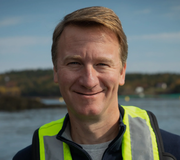
Canadian Aquaculture Industry Alliance announces new executive committee
The Alliance has elected its 2025–2026 Executive Committee, led by Joel Richardson, promoting sustainable aquaculture in Canada.
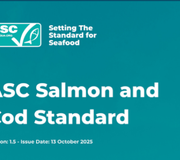
ASC expands certification program to include Atlantic cod
The ASC now certifies farmed Atlantic cod under its updated Salmon and Cod Standard, promoting sustainable and responsible cod aquaculture.
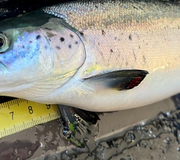
How temperature influences salmon health and growth throughout the lifecycle
Norwegian researchers investigated how temperature affects the health and development of salmon throughout their lifecycle.
Norwegian government launches incentive scheme for closed-containment aquaculture
The Norwegian government has approved a new incentive scheme designed to encourage fish farmers to adopt closed-containment aquaculture systems.
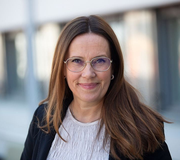
Aquaticode names new strategic advisor
The company has appointed Trond Williksen as strategic advisor to drive the adoption of its AI phenotyping technology.
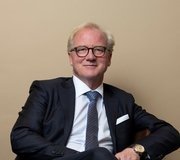
Cuna del Mar appointed new managing partner to advance regenerative aquaculture
Cuna del Mar has appointed Donald Grant as managing partner to lead its next phase of global growth in regenerative aquaculture.
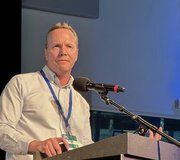
Editor’s Picks
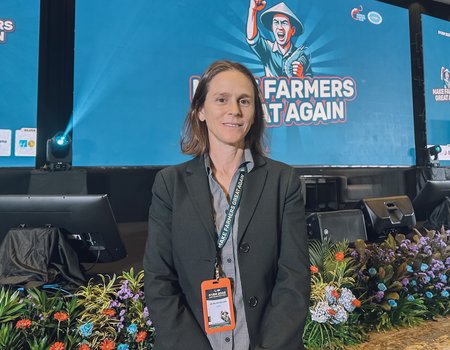
Safeguarding shrimp farming through smarter biosecurity
At FARM 2025 in Jakarta, Genics CEO Melony Sellars urged Indonesian shrimp farmers to strengthen biosecurity and testing practices, emphasizing prevention, accurate diagnostics, and shared responsibility across the supply chain, to protect the industry from global disease threats.
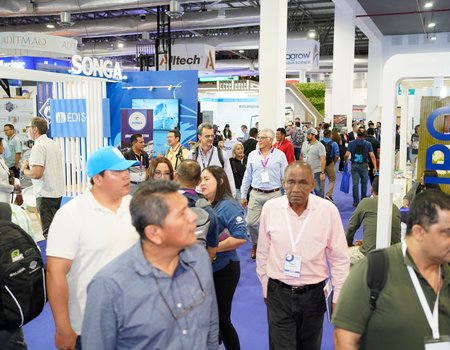
Ecuador, world shrimp epicenter and host of AquaExpo 2025
Aquafeed.com spoke with Ecuador's National Chamber of Aquaculture to analyze the productive and commercial evolution of the shrimp sector, the technical and economic challenges it faces, and the role of AquaExpo as a global meeting point for the shrimp industry.
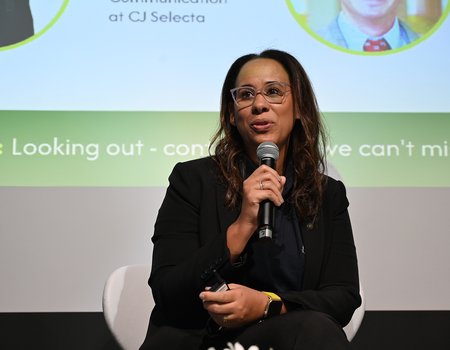
With low-emission soy, Brazil can lead regenerative agriculture and access new markets
Head of ESG at CJ Selecta advocates for the international standardization of carbon footprints.
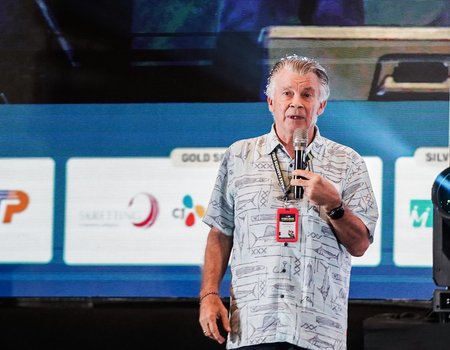
Smarter shrimp feed management for maximizing performance
At FARM 2025 in Jakarta, Albert Tacon urged the shrimp industry to strengthen sustainability and self-reliance by improving feed and water management, reducing dependence on imported ingredients, and fostering closer collaboration between feed companies and farmers to build a more resilient and inclusive aquaculture sector.
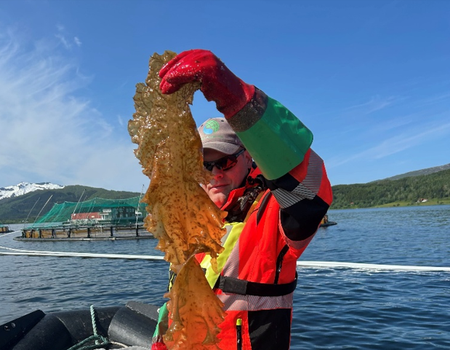
Folla Alger: Bringing salmon and seaweed together in Norwegian fjords
The company is exploring bioactive compounds from sugar kelp as novel feed additives to boost salmon health and resilience.
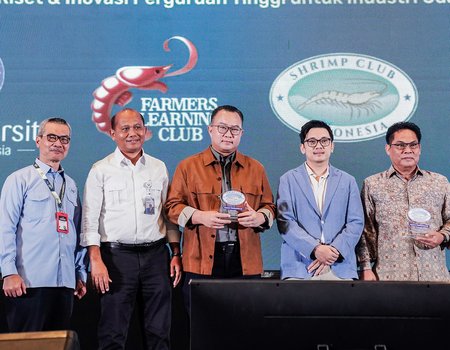
FARM 2025: Building the future of shrimp together
FARM 2025 brought together stakeholders from across Indonesia’s shrimp value chain, creating a milestone platform to share knowledge, strengthen collaboration, and shape solutions for the industry’s future.
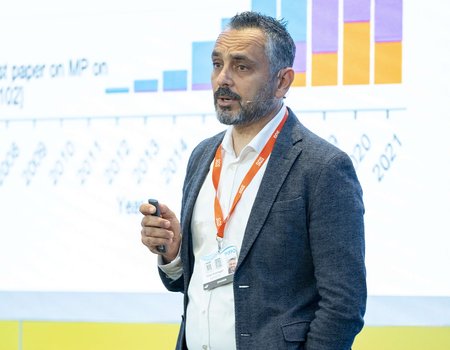
Microplastics in aquaculture: Emerging risks for aquafeed and animal health
Microplastics pose emerging risks to fish health through immune disruption, microbiome changes, and organ accumulation, underscoring the need for further research and industry-wide mitigation strategies.
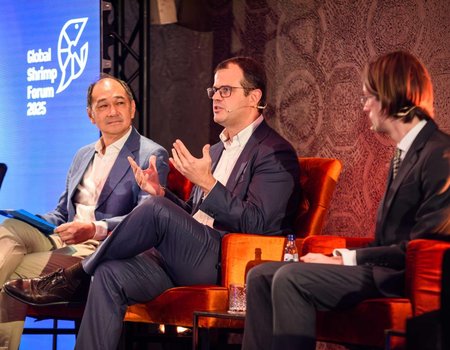
Global Shrimp Forum: Shrimp feed demand rises as industry looks to novel ingredients
With farmed shrimp production increasing, aquafeed demand continues to grow, driving innovation in alternative ingredients to ensure supply resilience and sustainability.
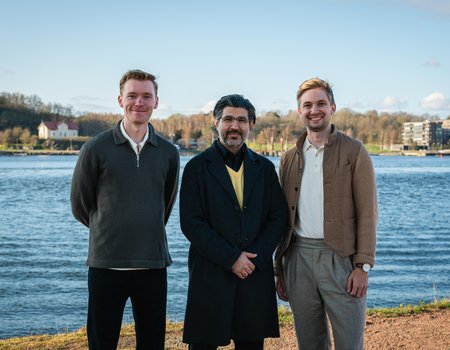
Scaling up mycelium: Seaqure labs aims to redefine aquafeeds
The Swedish startup is developing a fungi-based protein ingredient to reduce dependency on fishmeal and soy in aquafeed.
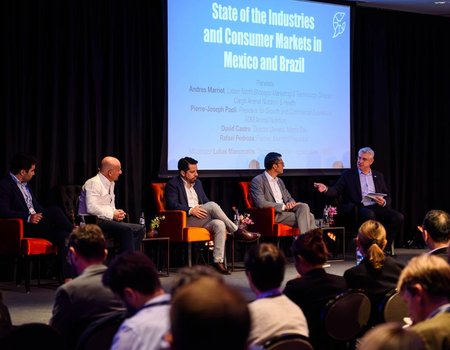
Global Shrimp Forum: Domestic demand fuels shrimp growth in Brazil and Mexico
At the Global Shrimp Forum, a panel highlighted how Brazil and Mexico are charting a different path from leading exporters, focusing on resilient, domestically anchored shrimp markets.

USSEC partners with Vietnam’s aquaculture leaders to advance sustainability
Safeguarding shrimp farming through smarter biosecurity
Peerasak Boonmechote recognized as Top Senior CEO in agriculture
USSEC introduces new regional structure and leadership
FARM 2025: Building the future of shrimp together

INVE introduces hatchery feeds and monitoring tools in Aquaculture Europe
Norwegian government awards $21 million to advance sustainable feed research
Zinpro® Corporation opens innovation center in Spain
North East Atlantic mackerel stock reaches its lowest level, industry concerned
Finnish insect company strengthens leadership team

Rangen Group rebrands as animal nutrition company
ADM, Alltech join forces in North American animal feed venture
Wilbur-Ellis Nutrition acquired by private equity fund
Studies find no negative impact from salmon farms on wild salmon in British Columbia
Bipartisan bill introduced in U.S. Congress to advance open ocean aquaculture

Brazilian researchers prove biofloc as sustainable solution for intensive tilapia farming
Vitapro presented advances in nutrition, stress, and pathologies in aquaculture at LACQUA 2025
Ecuador, world shrimp epicenter and host of AquaExpo 2025
Value chain partnership integrates insect protein into commercial shrimp feed in Ecuador
Chilean Salmon Council presents its 2024 sustainability report

Olam Agri signs collaboration to strengthen feed value chains in Africa
Olam Agri’s $200m Ghana feed investment aligns with national push to boost fish consumption
De Heus officially opens fish feed factory in Uganda
Project boosts Zimbabwe's aquaculture with local feed and fingerling hubs
ASA’s WISHH partners to strengthen Nigeria’s fish farming

Tasmanian government pauses salmon industry expansion
New trade protocol reopens Indonesian market for Australian rendered products
New Zealand government invests in smarter aquafeed to power king salmon industry
New Zealand salmon exports soar past $200 million in 2024
New Zealand’s farmer becomes first in adopting BioMar’s sustainable feed in king salmon
New Products


